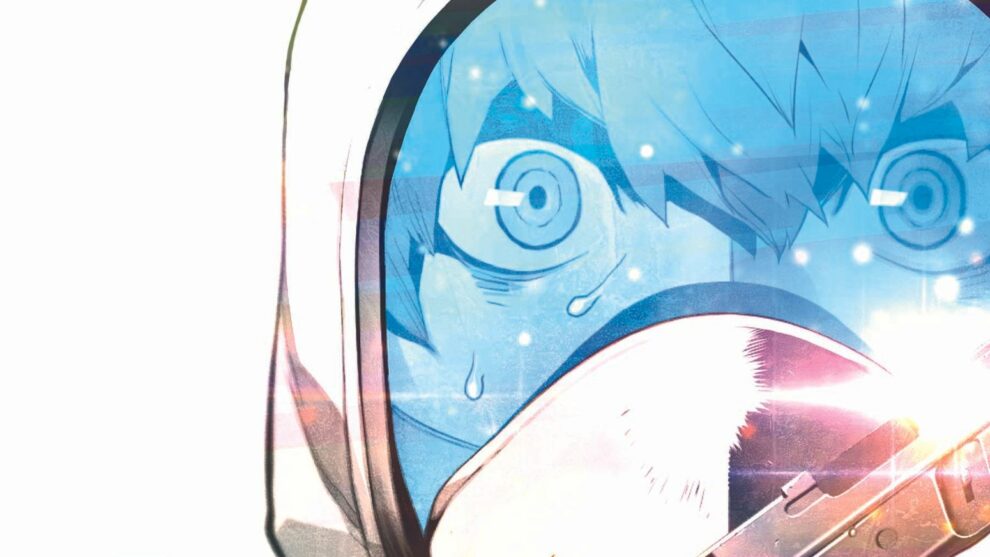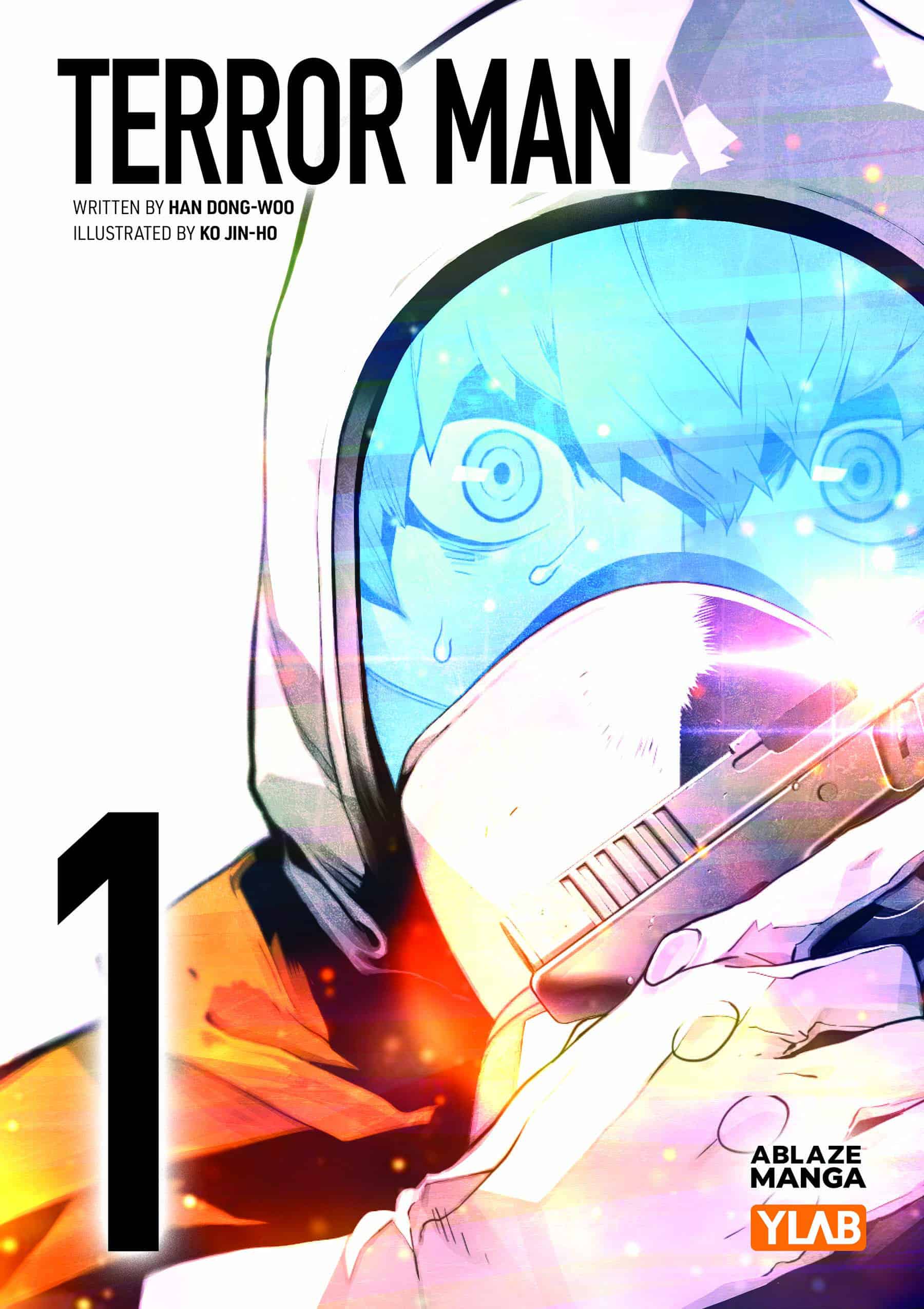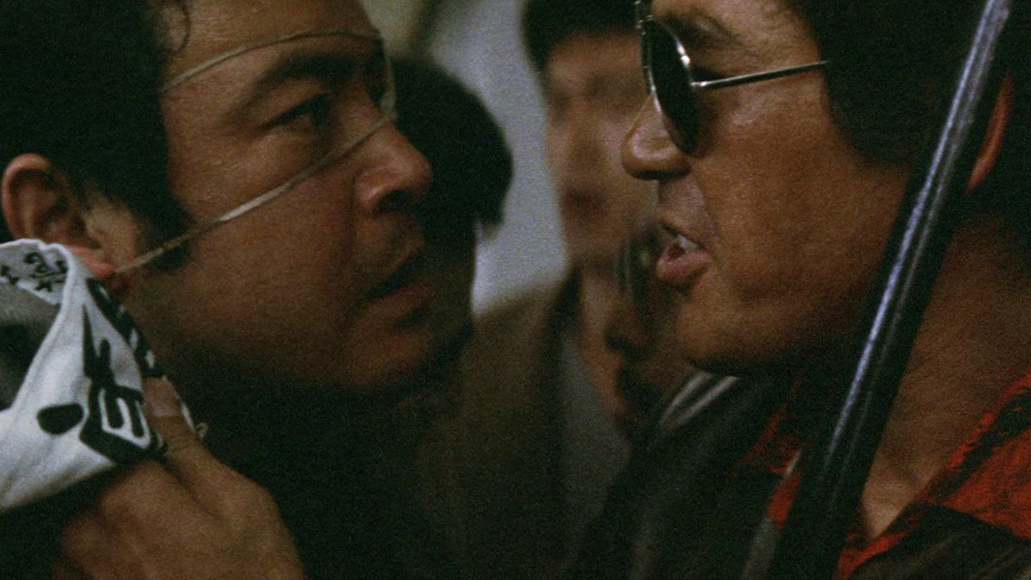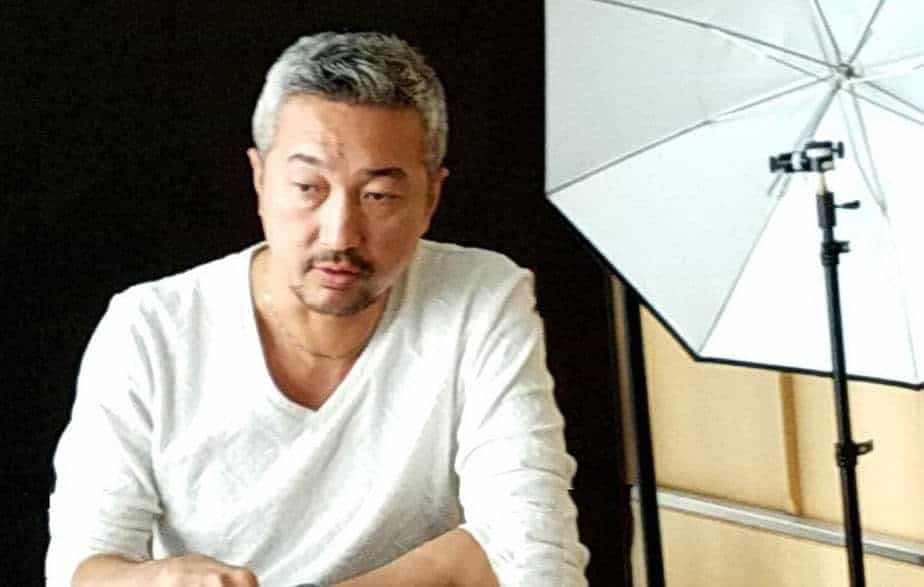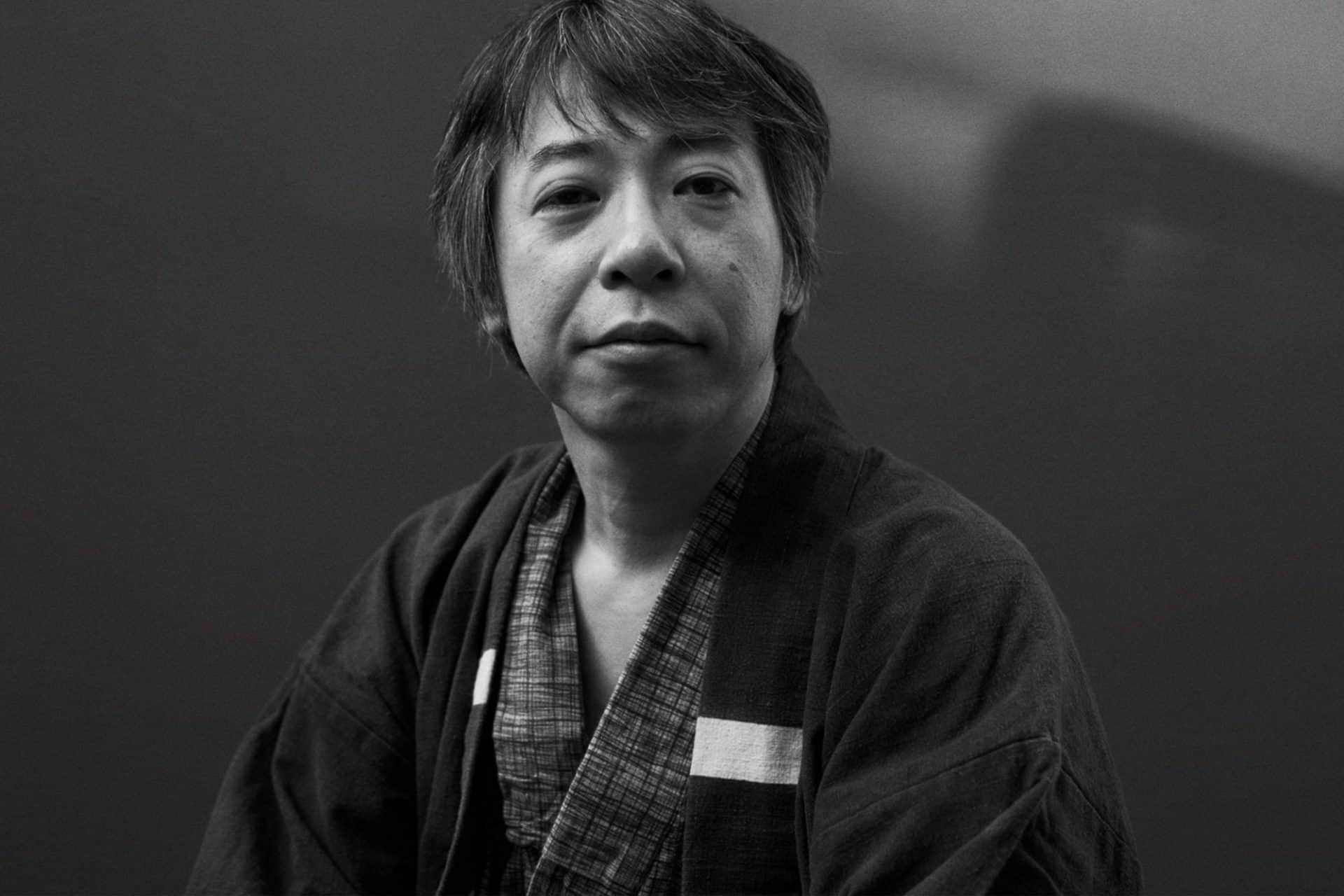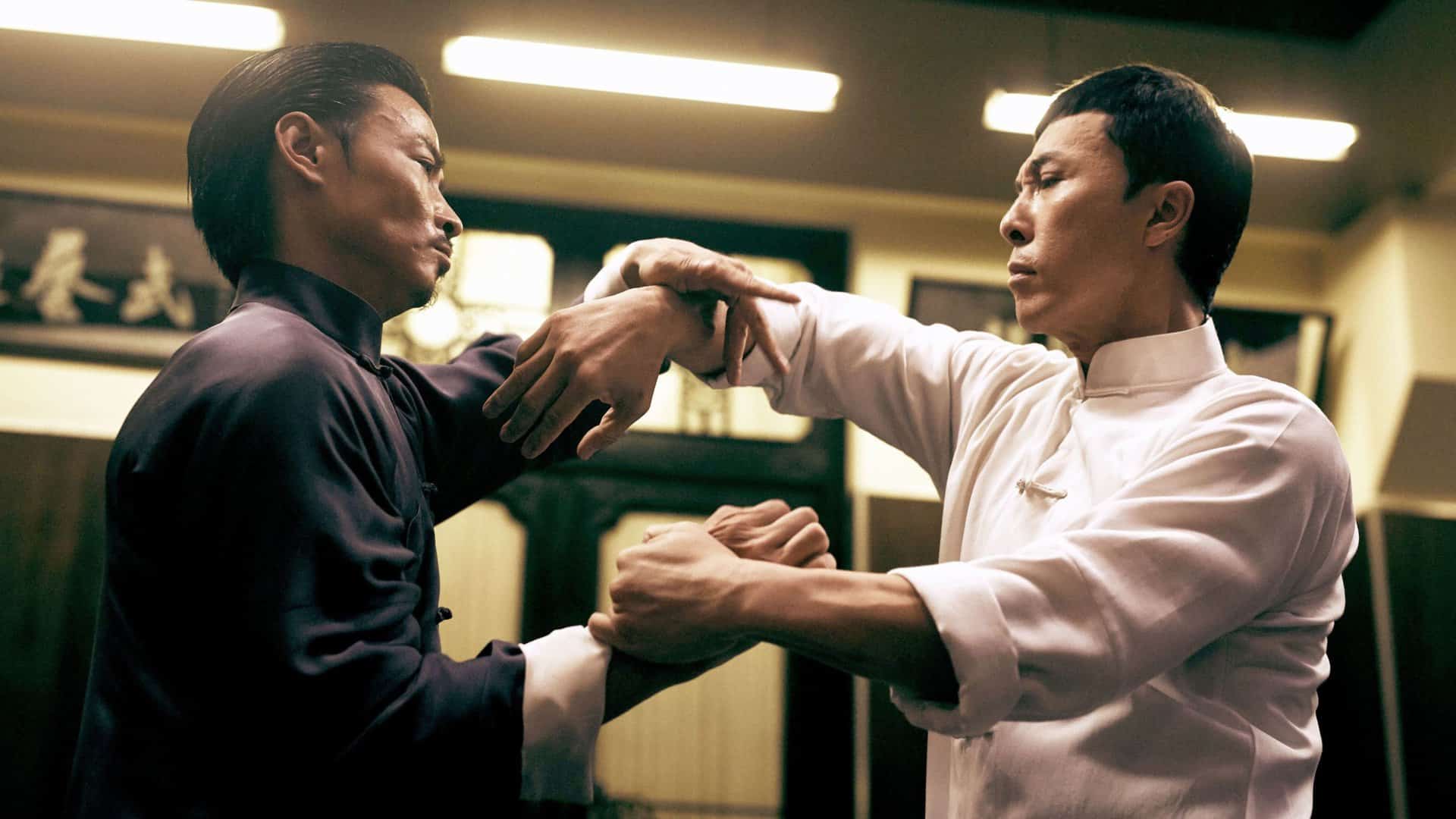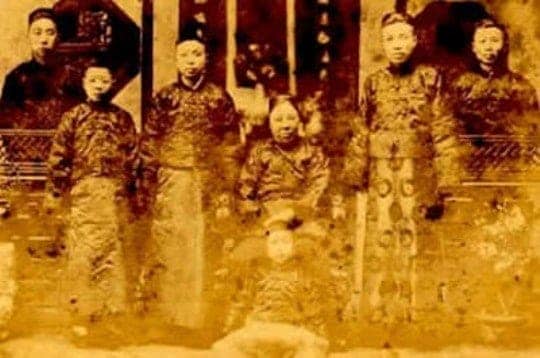Dongwoo Han is an author and essayist whose transition into the world of Manhwa came with the introduction of “Terror Man” in 2016, which would result in a follow-up series in 2018 (Terror Man – Part 2) and a crossover in 2020 with “Terror vs Revival.” Dongwoo Han has also penned two other series, “The World is Money and Power” and “Night of Silence.”
Artist Jinho Ko made his debut on “Croquis Pop,” and would become an integral part of the growth of “Terror Man” as a constant contributor to the series and its sequels. JinHo Ko is also an author and has worked as an artist and writer on “Jack Frost” and “+Again.”
With “Terror Man” recently released through Ablaze Publishing, we were honored to get a chance to ask the creators about the project and dig deeper into the story behind the standout WebToon.
Can you please give us some background of your writing & art, and how you first became interested in comics?
Dongwoo Han: When I was a kid, I loved comics, but I didn't think I wanted to create them. I originally wanted to be a game producer. I majored in computer science in college, and when I was struggling with programming, I heard that they were looking for storywriters, so I applied on a whim. It's been 14 years since then.
Jinho Ko: I started drawing when I was a kid, starting with my plastic letter tracer (placed under a sheet of paper when writing) for “Robot Taekwon V,” and then I started copying cool scenes from other manga. Seeing cool scenes from different manga made me think about why those scenes were cool, and I wanted to create the feeling of those scenes with my own hands, so I started working on manga and scenarios. I started only drawing at first, and then I started making comics to feel the drama of those drawings.
What are some of the comics/books/movies that influenced you at an early age? And what are some of your favorites today?
DH: When I was younger, I loved global hit manga like “One Piece,” “Naruto,” and “Rurouni Kenshin,” just like everyone else. In terms of personal influences, I was most influenced by Lee Young-do, who writes Korean fantasy novels, and Shuzo Oshimi's “The Flowers of Evil,” which has been a huge influence on me now.
JK: My influences are from Katsuhiro Otomo of “Akira” and Takahashi Shin of “She, The Ultimate Weapon” who is also my favorite author. When I was younger, I read a lot of comics by Korean comic artists: Heo Young-man, Lee Hyun-se, Kim Soo-jung, Lee Doo-ho, and Jang Tae-san, etc.
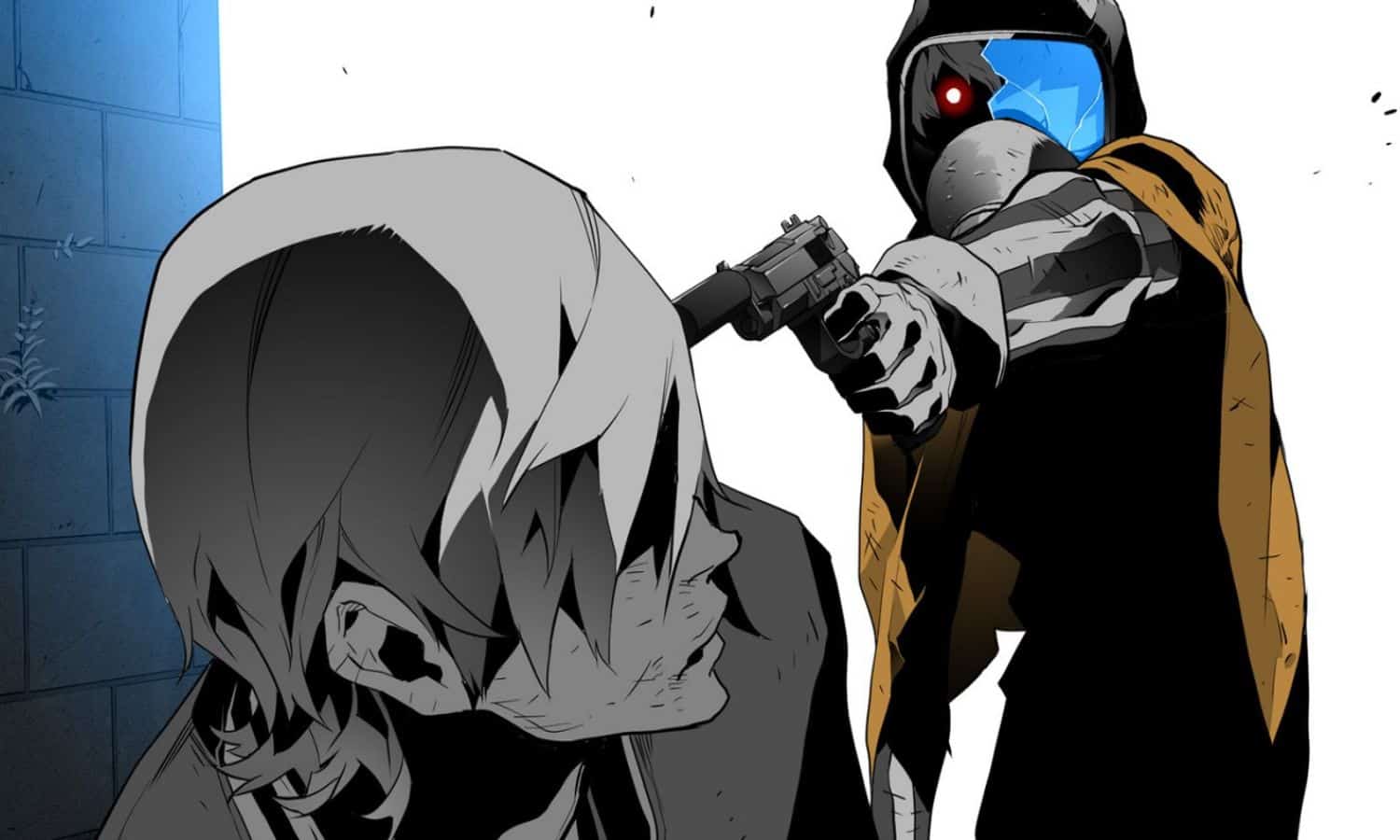
Can you discuss your writing/art process? What tools do you use, and what is the perfect environment to focus on your craft?
DH: “The Terrorist” was written using storyboards, so I didn't have a specific program in mind. I usually worked in Photoshop and sometimes in Paint when I was out. The perfect environment for me to focus on my work is an hour before sunrise.
JK: I use a Cintiq (27″), Clip Studio, and SketchUp as my main programs for drawing. I think the perfect environment for me to work in is a place where I have a Cintiq and no internet access. It's easy to get distracted so, in the past, I've purposely disconnected from the internet to work. When I get to work, I unplug my laptop and work on a desktop with an internet connection only where I need it.
How would you describe “Terror Man” to someone who has not heard of it before?
DH: “Terror Man” can be summarized as a hero who wants to save people even if it means committing terrorism, but, in the end, it's the protagonist himself who saves the day. It's a comic where the protagonist grows up through his heroic activities.
JK: That's the most difficult question, but what I've always talked about with Dongwoo Han is the growth of a fragile boy, and I think the theme of the comics is the process of a young boy being given responsibility through a gas mask and growing into a hero.
Check also this video
Dongwoo Han, Where did you get the idea for “Terror Man” and was there anything you ended up scrapping or changing in the planning process?
DH: The original plan was for the main character to be a girl, and the Lilia position to be a male butler. That's what the first draft of the storyboard looked like. However, there was a concern that readers wouldn't be engaged by a non-boy character in a work intended as a boys' manga, so it came out the way it is now. I think it was a good change.
Both “Terror Man” and “The World is Money and Power” have themes of fighting against corruption and the powerful. What it is that attracts you to this theme?
DH: Fighting against corruption and power has the effect of highlighting them and showing them.The only difference is that in “Terror Man,” I saw them as pure evil, and in “The World is Money and Power,” I saw them as inevitable. To be honest, I did it simply because it was easier to express in comics.
I love the mix of black and white with color in “Terror Man” was this a choice that you or JinHo Ko came up with? Or both?
DH: The effect of adding pops of color to black and white is by Jinho Ko. Very stylish and cool!
JK: It was my decision to work mainly in black and white and insert color in important parts. At the time, I had just moved to webtoon drawings, so I wasn't very confident in coloring. “Terrorist Man” was a process of adjusting by adding colors one by one during that transitional period, and now I think it's been recognized as my own personality.
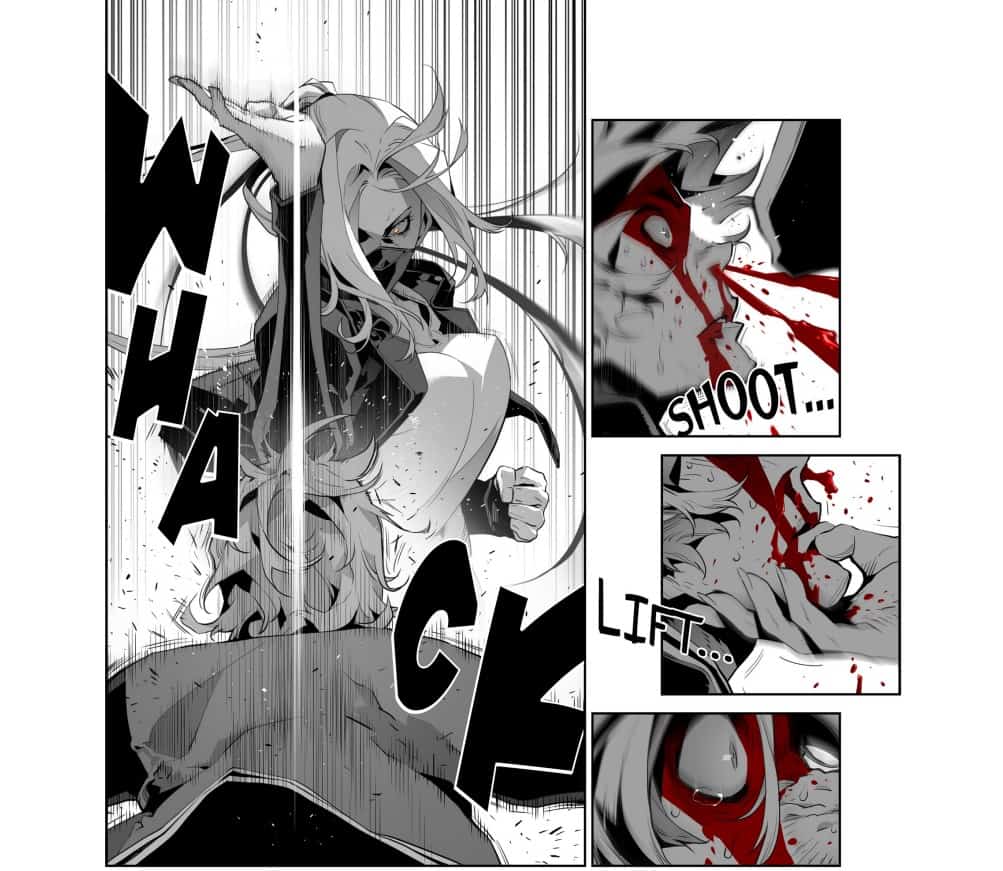
Jinho Ko, how was it working with Dongwoo Han, and how involved were you in crafting the story?
JK: Not a lot, but there have been cases where I've been involved. When I finished the manuscript and he'd ask me to redraw it, or when I directed it and he wanted to change the order of the story… However, if there were any corrections, he always asked me politely over the phone, and I worked hard to correct them. (laughs)
What is the best way for people to keep up to date with what you are working on? Are there any new projects you would like to promote?
DH: I'm on Instagram, where I often interact with my readers and share as much information as I can. Recently, I've been running an agency called ‘ELIMONA' (YLAB's agency label), where I've been working on some really fun comics and new projects.
What message would you want to give your fans in the West as they finally get the chance to read “Terror Man” in print through Ablaze Publishing?
DH: First of all, I would like to thank Ablaze for publishing this work. “Terror Man” started as a webtoon, but the basic work was done through print-book publishing, so it will be more refreshing to see it as a book. I hope you enjoy it.
JK: Although there are a lot of Eastern webtoons (manhwa) and manga in the West, I don't think readers are familiar with them yet. Especially in the case of “Terror Man,” it's about an Asian hero, which is not common. There's a great deal of satire on Korean society, so if you're reading “Terror Man” for the first time, I think you'll enjoy it differently if you do some research on the issues beforehand. I think that kind of interest will also help you understand Korean culture better.


